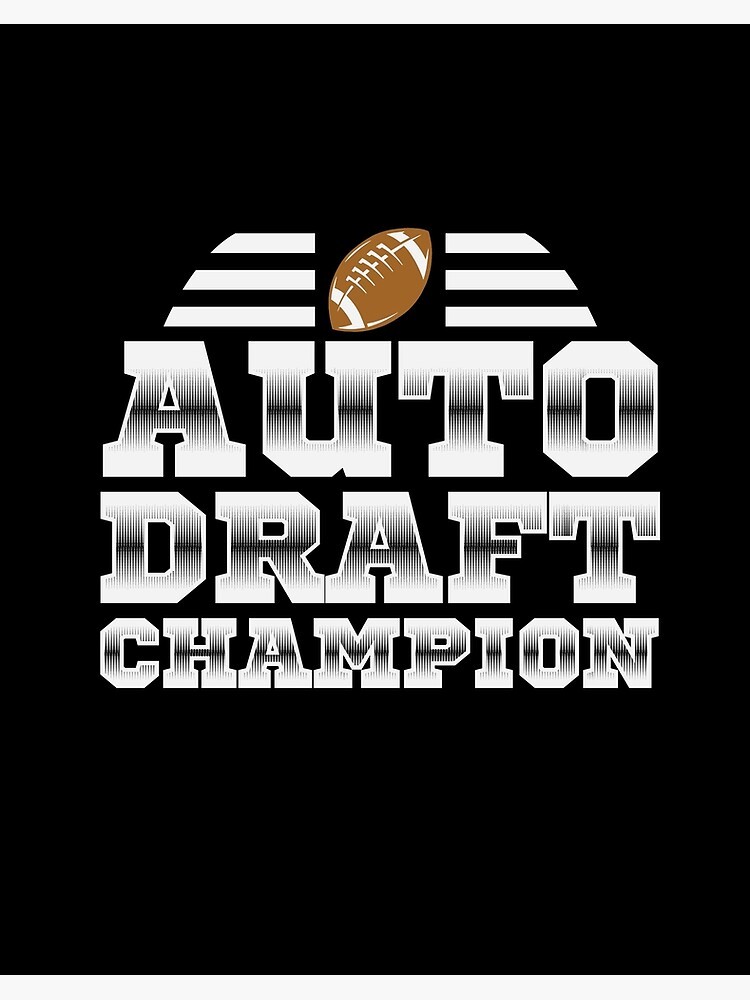While forex charts might look daunting at first glance, don’t be deterred. We explore the basics of reading charts so you know what to look out for to help you make your trading decisions.
No matter how you prefer to trade – whether chiefly through fundamental or technical analysis – you must learn how to read a forex chart.
Because forex trading is always underpinned by comparing the value of one currency to another, these currencies are always quoted in pairs. For example, the pair EURUSD is the euro (the base currency) and the US dollar (the quote currency). When you buy a currency pair you buy the base currency and sell the quote currency
A forex chart shows how the exchange rate between two currencies has changed over time.
Therefore, the timeframe is one of the most crucial factors in determining how a chart will look – and which timeframes you can see usually go from one minute up to one month or more. The timeframes also generally denote how a chart will look: for example, if you examine a chart at the hour level or less it may seem to contain many price highs and lows but if you view it by the day, you may see that, in reality, the price may not have moved that much at all.
The price of a currency pair is the exchange rate and in a normal long trade you believe the price of the base currency will strengthen. So the currency shown on the right of the cross is the quote currency (in this case the US dollar) and therefore the chart tells you that one euro will buy a specific amount of dollars, whether that is 1.18 or 1.25 or whatever the exchange rate is.
If the euro is strengthening the price will be displayed as rising on the chart. Once you make a trade various horizontal lines may also appear on a chart. These will signify various price factors such as your entry point, your stop loss and your take profit levels.
Three popular kinds of charts
How you view the information on your charts is up to you. You can generally choose from one of three options:
A line chart – the simplest option which draws a line between one closing price and the next closing price. Over time it is easy to see the general price movement of a currency pair.
A bar chart – reveals more detail as a small horizontal line shows the opening and closing prices and the highs and lows during the period are also shown. The top off each bar shows the highest price paid during the time period and the bottom shows the lowest price paid.
A candlestick chart – shows the same details as a bar chart but is graphically different. They may be black and white but more often in colour, say green and red, for quick analysis. So a green block may illustrate a price that closes higher while red would indicate a price that fell. The top of the green block is the closing price, while the bottom is the opening price – and vice versa for the red blocks.


